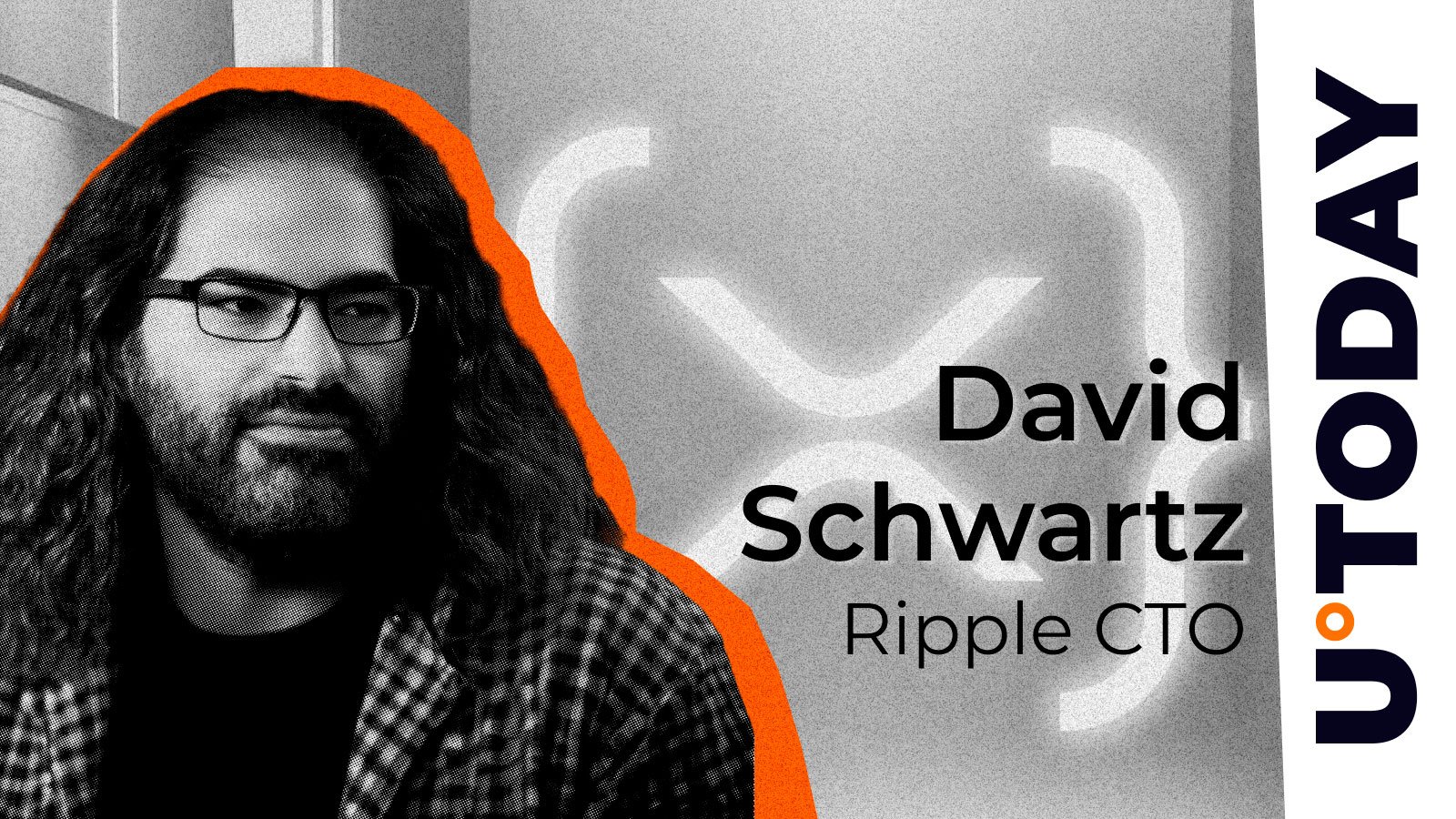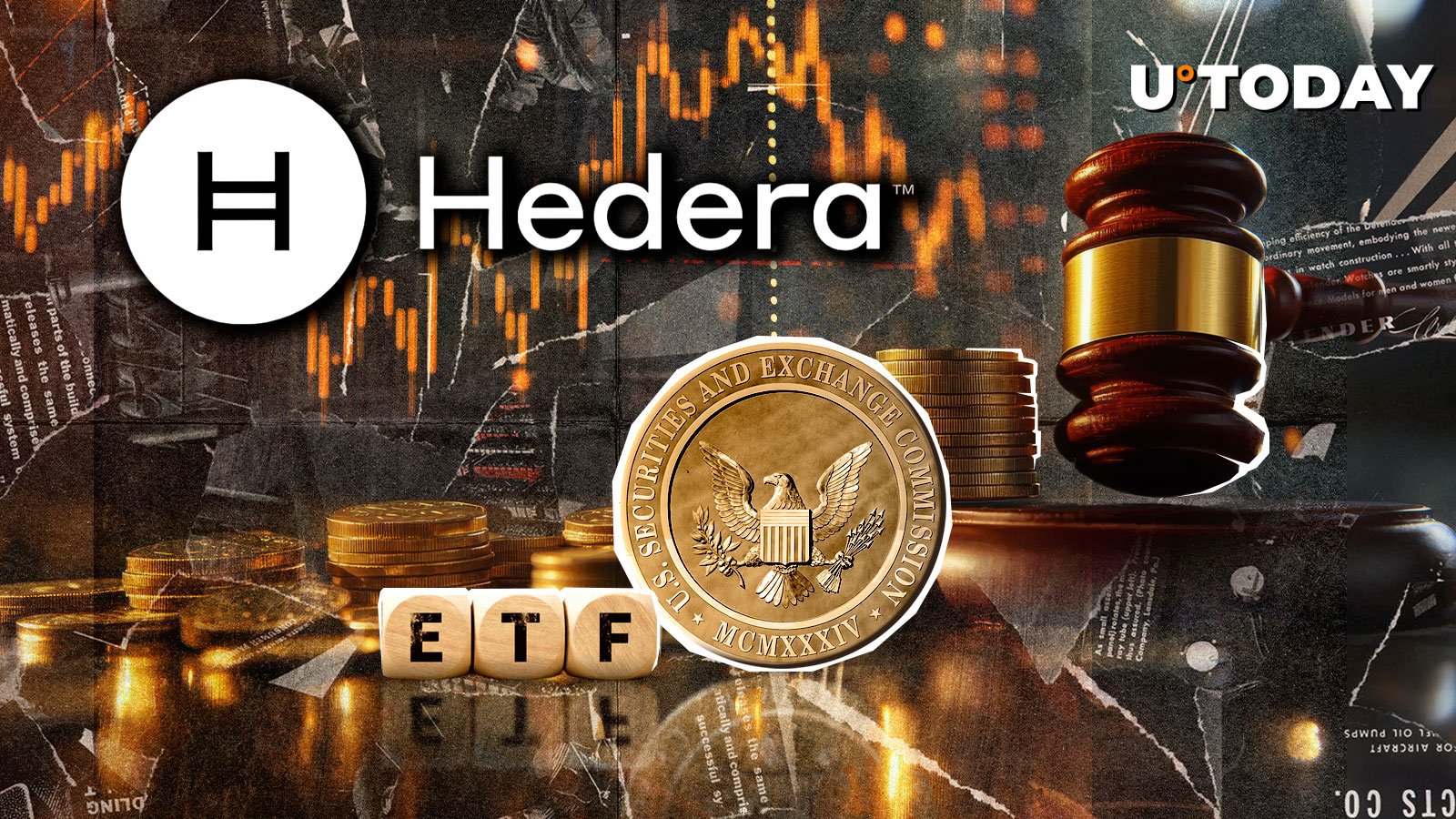Ripple CTO David Schwartz Weighs In on the Debate: Bitcoin, Ethereum, and XRP Ledger
In the ever-evolving world of cryptocurrencies, comparisons and debates between various blockchain platforms are a common occurrence. Recently, David Schwartz, the Chief Technology Officer (CTO) of Ripple, has added his insights to the ongoing discussion focusing on Bitcoin (BTC), Ethereum (ETH), and the XRP Ledger (XRPL). Schwartz highlighted the technical advantages of XRPL’s transaction model.
Transaction Speeds and Scalability
One of the primary areas where XRPL outshines Bitcoin and Ethereum is in transaction speeds and scalability. Schwartz explained that the XRP Ledger can process up to 1,500 transactions per second (TPS), while Bitcoin can only manage 7 TPS and Ethereum, with its recent upgrades, can reach up to 15 TPS.
Moreover, XRP Ledger’s unique consensus algorithm, called the XRP Consensus Protocol, allows for faster transaction confirmations compared to the proof-of-work (PoW) consensus mechanism used by Bitcoin and the proof-of-stake (PoS) consensus mechanism used by Ethereum. In XRP Ledger, a transaction is considered confirmed once it is included in a ledger, which occurs approximately every 3-5 seconds.
Cost-Effective Transactions
Another significant advantage of the XRP Ledger is its cost-effective transactions. Schwartz pointed out that the average transaction fee on XRP Ledger is typically a fraction of a penny, making it an attractive option for businesses and individuals seeking low-cost, high-volume transactions.
Security and Decentralization
Although the XRP Ledger has its advantages, it’s essential to address concerns regarding its security and decentralization. Schwartz acknowledged that the XRP Ledger is not as decentralized as Bitcoin or Ethereum since the Ripple company holds a considerable amount of XRP (approximately 48% of the total supply). However, he emphasized that the XRP Ledger’s consensus mechanism and the company’s commitment to transparency and security make it a robust platform.
Impact on Individuals and the World
For individuals, the advancements in XRPL could mean faster and more cost-effective transactions for those using Ripple’s xRapid product for cross-border payments. This could lead to increased financial inclusion for individuals in regions with limited access to traditional banking services.
On a larger scale, the improvements in transaction speeds and scalability could make XRP Ledger an attractive option for businesses dealing with high-volume transactions, such as remittances, cross-border payments, and micropayments. This could lead to increased efficiency and cost savings for these businesses.
Conclusion
David Schwartz’s insights into the technical advantages of XRPL’s transaction model over Bitcoin and Ethereum provide valuable insights for those interested in the world of cryptocurrencies. With its faster transaction speeds, cost-effectiveness, and robust security, the XRP Ledger is positioning itself as a viable alternative to traditional financial systems. As the debate on the future of cryptocurrencies and blockchain platforms continues, the XRP Ledger is undoubtedly a contender worth keeping an eye on.
- XRPL processes up to 1,500 transactions per second (TPS).
- Average transaction fee on XRP Ledger is a fraction of a penny.
- XRPL’s consensus mechanism allows for faster transaction confirmations.
- XRPL is not as decentralized as Bitcoin or Ethereum, but its security and transparency make it a robust platform.
- Individuals could benefit from increased financial inclusion through faster and more cost-effective transactions.
- Businesses could save costs and increase efficiency with XRP Ledger’s high-volume transaction capabilities.





